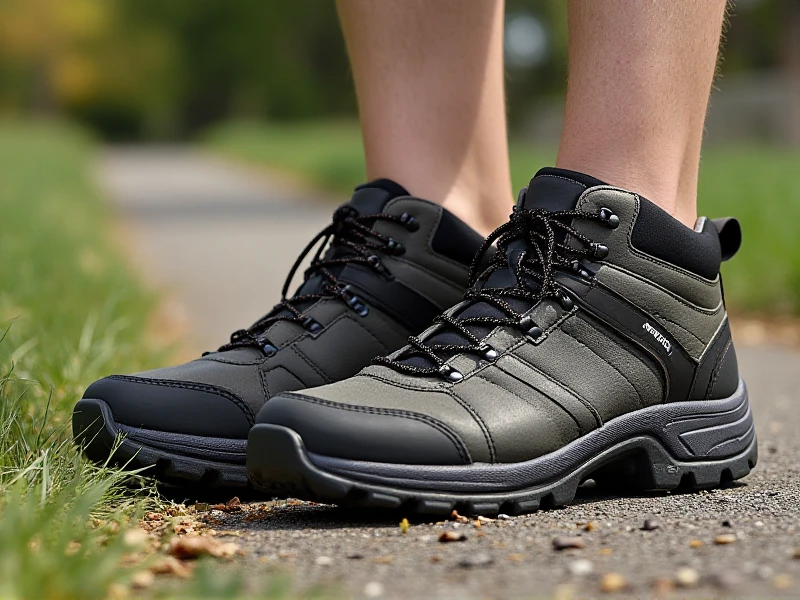The Ultimate Guide to Choosing Durable Men's Hiking Shoes for Every Trail
2025-06-03

Hitting the trails starts from the ground up, and the right pair of men's hiking shoes can make or break your wilderness adventure. Unlike regular sneakers, quality hiking footwear provides critical ankle support, aggressive traction, and waterproof protection—essential for navigating unpredictable terrain. This guide reveals what separates exceptional men's hiking shoes from mediocre ones, helping you conquer mountains safely and comfortably.
Engineering Excellence: Key Features of Top-Performing Hiking Shoes
The best men's hiking shoes integrate advanced technologies:
- Multi-Directional Traction: Vibram® or similar rubber outsoles with deep lugs grip loose gravel and wet rocks, reducing slips.
- Waterproof Protection: Membranes like Gore-Tex® block moisture while allowing sweat vapor to escape—essential for stream crossings and rainy climates.
- Strategic Cushioning: EVA midsoles absorb shock on rocky descents, paired with torsion plates that stabilize feet on uneven ground.
- Durable-Upper Construction: Reinforced toe caps and abrasion-resistant mesh or leather withstand bushwhacking through brush.
Prioritize shoes matching your primary terrain: lightweight ventilated models for warm-weather day hikes or burlier mid-ankle boots with ankle lock systems for heavy backpacking loads.
Critical Fit Considerations Every Hiker Should Test
Ill-fitting men's hiking shoes cause blisters and fatigue. Optimize comfort:
1. Measure Twice: Use a Brannock device—foot size changes with age. Fit shoes wearing moisture-wicking hiking socks.
2. Toe Room: Leave one finger’s space between toes and shoe front when standing.
3. Heel Lock: Heels shouldn’t lift when walking uphill.
4. Terrain Simulation: Test shoes on inclined store ramps or stairs.
Extending Your Hiking Shoes’ Lifespan
Protect your investment:
- Clean loose dirt after hikes; remove insoles for air-drying
- Regular conditioning prevents synthetic materials or leather from cracking
- Rotate between 2 pairs to allow foam midsoles to decompress fully
- Avoid fire proximity: heat degrades waterproof linings
Pro Tip: Use gaiters to keep debris out and apply water-repellent sprays every six months.
Trail-Ready Recommendations
Three versatile men's hiking shoe categories dominate trails:
- Light Trail Runners (1-3 lb/pair): Hybrid designs like Salomon X Ultra 4. Snug for fast-paced terrain—ideal under 8 miles.
- All-Purpose Leather Boots (2-4 lb/pair): E.g., KEEN Targhee III. Full-grain leather offers resilience; perfect for rocky scrambles.
- Extended Trek Support Systems (3-5 lb/pair): Oboz Sawtooth X Mid excels in multi-day treks thanks to firm arch support.
When to Retire Your Shoes
Even premium men's hiking shoes wear out. Compressed cushioning? Smooth tread? Wavy midsoles? Time to replace. On average, 500 trail miles or noticeable comfort loss signal retirement.
Your Next Step to Peak Performance
The wilderness deserves reliable footwear. Before you scramble cliffs or traverse valleys, invest in men's hiking shoes tailored to your adventures. Ready to gear up? Visit our Trail Tested collection today—and tread fearlessly.
Category: